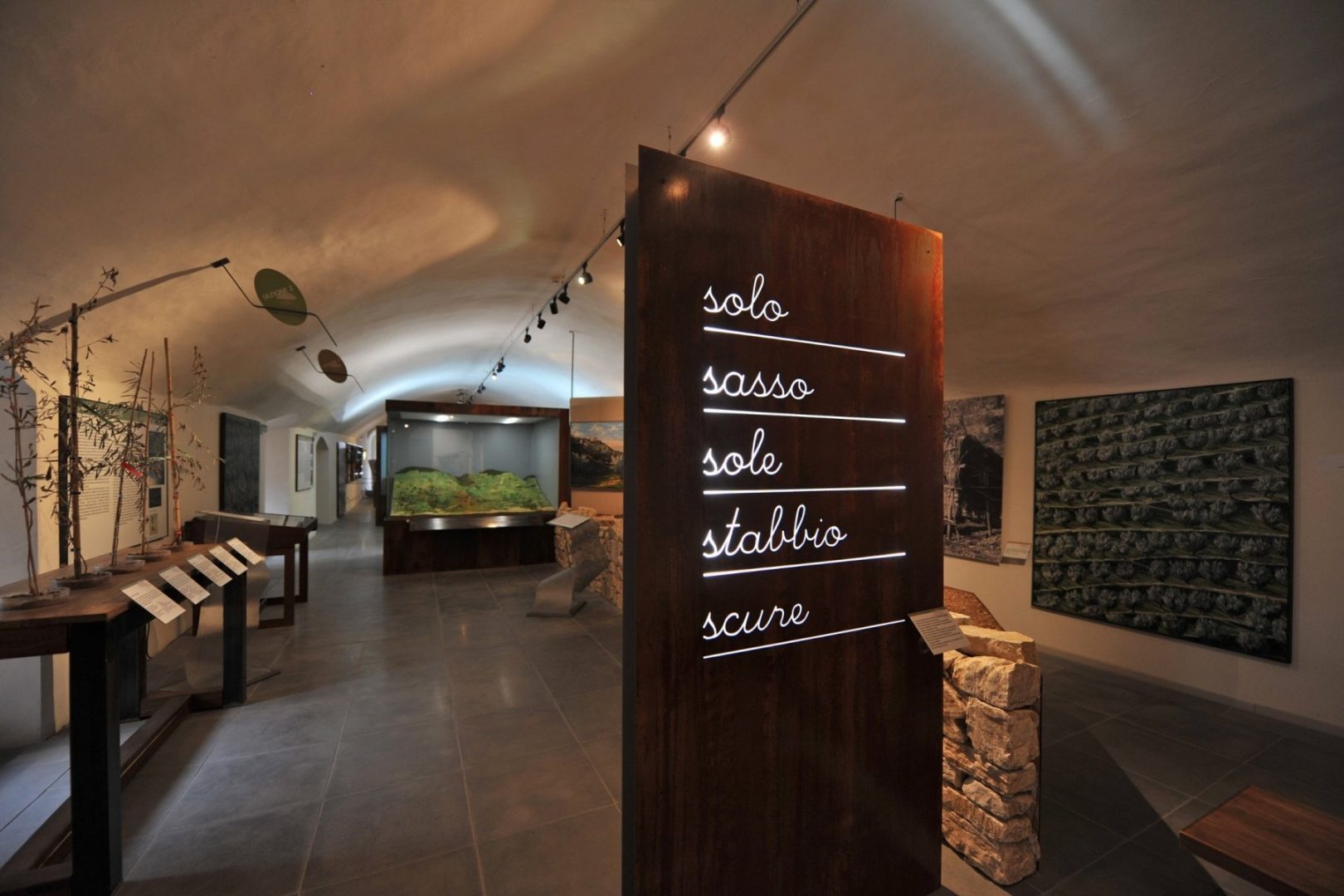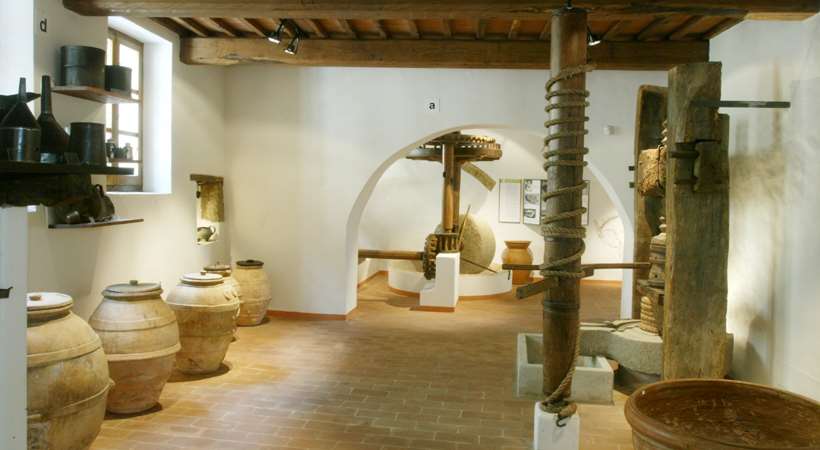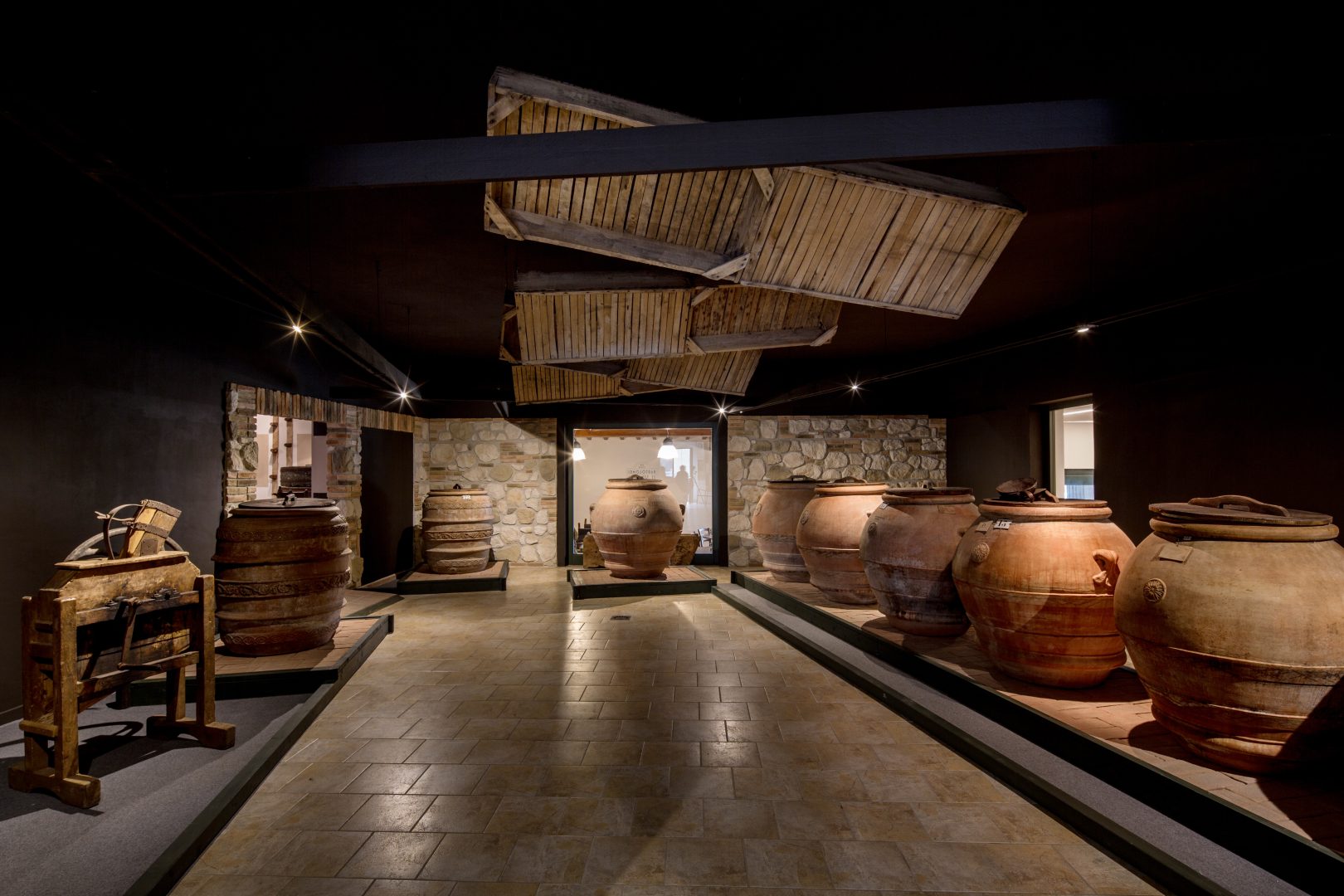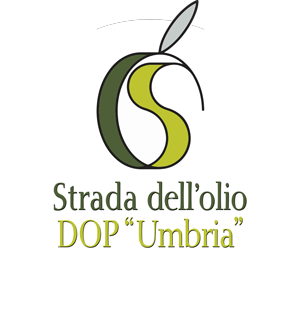Trevi (PG) – Museum of Olive Civilization: History and Microcosm

The Trevi Museum of Olive Tree Civilization, History and Microcosm is dedicated to the culture of olive oil and olive cultivation. It is housed in the former convent of San Francesco, built in the 13th century and renovated in the 19th century by Giuseppe Valadier, adjacent to the church of the same name and the municipal art gallery.
Olive oil is not only a product of excellence in the Trevi area, but its cultivation has also become established in Umbria, becoming part of the history and traditions of its people. The 2007 exhibition features multimedia panels and tools and organizes the exhibition space into four sections that explore the topic from a scientific and naturalistic perspective, as well as from a historical, artistic, and social perspective. One section of the museum houses a reconstruction of an ancient olive oil mill from the early 1900s.
The tour begins with a local farmer’s account, who, using dialectal expressions, guides you through the life cycle of olive cultivation, oil production, and preservation, providing information on processing and extraction techniques, as well as local rituals, superstitions, and religious beliefs. The space is divided into four sections: Botany; Understanding Olive Oil and the Olive Tree; The Olive Tree, Symbol of Peace; and History of the Olive Tree. Featuring artifacts, models, animations, films, and multimedia content, it offers a true journey (with audio guide) into the microcosm of olive cultivation and oil production.
www.museitrevi.it/museo-della-civilta-dellulivo/
Torgiano (Pg) – MOO Olive and Oil Museum

Founded in 2000, continuing the vision of MUVIT, the MOO Olive and Olive Oil Museum is located in a small cluster of medieval dwellings within the castle walls of Torgiano.
Set in the former site of an olive oil mill, the museum houses artifacts and works of art that tell the story of the olive tree, an ancient symbol of Mediterranean culture, and the precious product extracted from its fruit—oil—which has been attributed symbolic, propitiatory, and healing values since time immemorial.
Ethnographic artifacts for olive growing and olive processing, archaeological evidence, and art collections offer an unusual itinerary spread across ten rooms. The first, purely technical sections, dedicated to the botanical characteristics of the olive tree and the oil extraction processes, accompanied by extensive documentation on the history and evolution of olive oil-making machinery, are followed by a thematic approach that analyzes the many uses of the olive tree and oil. From its mythological origins to its use as a source of light, its sacred uses in religion, and its use in food, medicine, sports, cosmetics, crafts, and popular traditions.
Among the activities, the ten-yearly “OIL AND LIGHT” exhibition has featured numerous contemporary artists—including Bruno Ceccobelli, Nino Caruso, Aldo Rontini, and Riccardo Biavati—who have interpreted the theme of the oil lamp.
Montecchio (Tr) – Oil Museum

The Montecchio Olive Oil Museum is nestled among thousands of olive trees in the olive groves that connect Montecchio to Amelia. This company museum, located inside the Bartolomei Oil Mill, showcases and illustrates the Bartolomei family’s over 100 years of activity, the medieval village of Montecchio’s olive-growing tradition, and the four generations of passion, commitment, and dedication the Bartolomei family has dedicated to the culture of olives and olive oil.
The museum is divided into several exhibition rooms housing precious archaeological finds, ancient machinery for processing oil from various historical periods, antiques, and one of the rarest examples of a 16th-century olive press. Wandering through the exhibition rooms, you can experience the work and the local area, discovering a local gem. It’s an interesting and unusual way to immerse yourself in the fascinating world of the olive tree civilization.
